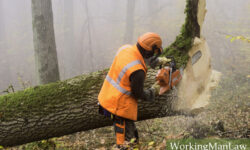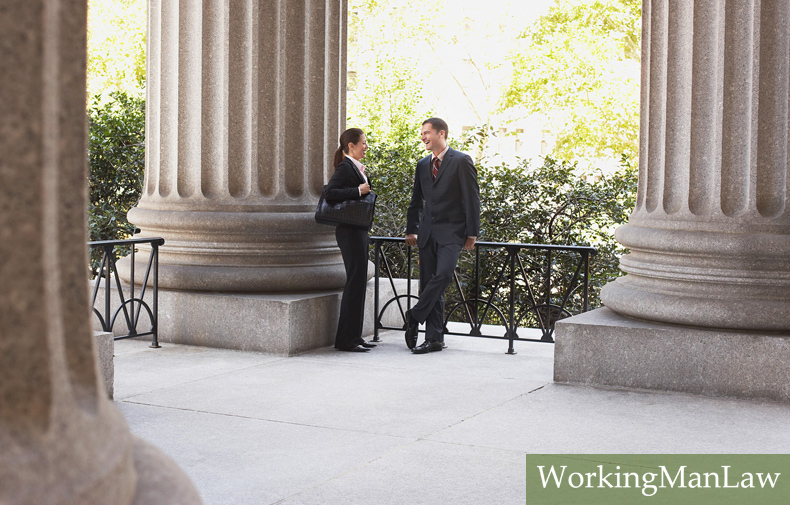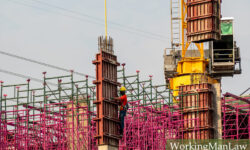
Workplace safety issues are commonly associated with heavy industry or construction, where the possibility of injury is vivid. But the National Safety Council (NSC) has reported employees are 2.5 times more likely to be injured in an office than any other workplace setting.
There are a number of factors to look at in identifying hazards in an office environment and they can be broadly grouped into 3 categories.
#1: The layout
Before you even have employees come into work at a new facility, take a look at the general layout and anticipate problems. What are the corners like? Are there clear lines of vision that ensure employees can see each other and avoid collisions? If not, mirrors are good way to ward off an accident before it happens.
You should assume in the course of what will hopefully be years working for you, the employees may just do some things that are sloppy. If there’s a wide open space in the middle of the office, you might anticipate that employees will roll their chairs across the room rather than get up and walk over to a colleague. You can assume that clutter will pile up, inviting the possibility of tripping (if it’s on the floor) or falling and hitting someone on the head (if it’s on a shelf).
Where do you plan to have your cabinets positioned? It’s a virtual certainty that a well-meaning employee will leave a drawer open at some point. Is someone going to round a corner and run into the open cabinet?
When doing this assessment, don’t be afraid to let your dark side emerge and anticipate every bad thing that could possibly happen under your current layout. Then do what you can to mitigate risk.
#2: Work equipment
Ergonomics needs to be your first focus. Ensure that employees who use computers are set up to view them at angles that don’t slowly wear on the neck and shoulders. Make sure their mouse is set up in a way that protects the wrists. And you’ll also want to check on the air quality, especially if you’re more cramped than you’d like to be.
Then as time goes on, your office equipment will get old. Computer monitors will start to fade and cause eye strain as employees try to read. Lighting may gradually dim. Carpets will get worn edges and be more susceptible to a trip. Make sure your regular monitoring of office safety is a part of your program.
#3: Wiring
This relates to work equipment, but it’s important enough to merit a separate section. Make sure cords are properly secured and that you aren’t overloading electrical outlets. Loose cords from computers and other equipment create—at a minimum—the possibility of an employee tripping. At worst, they can become frayed and turn into a fire hazard. During rain or snow, they can become exposed to dangerous elements employees bring in from outside.
Liability on medical problems from office work can be vague, but if it can be traced back in any way to employment conditions, the business can be liable. Make sure your office is a safe working environment.


